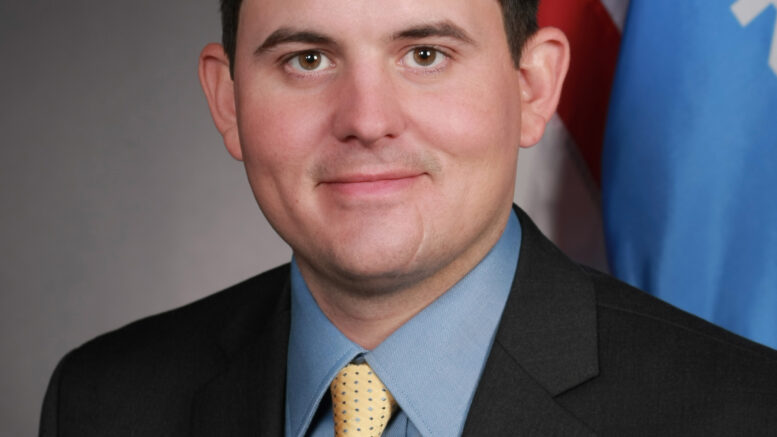This week is the third-reading deadline for legislation to pass from its opposite chamber in order to stay active this legislative session.
Of the 1,901 House Bills and 44 House Joint Resolutions filed this year, 344 of those passed by the committee deadline in the Senate. Of the 1,116 Senate Bills and 18 Senate Joint Resolutions filed, 336 of those advanced in the House.
We now have until April 27 to vote on those measures on the floor in our respective chambers. Once bills pass their opposite chamber, they can move to the governor if they are unamended. The governor already has signed about 30 pieces of legislation into law so far this year.
If bills are amended, they must return to their chamber of origin for a vote to accept or reject the changes. If amendments are rejected, the bills have one final possibility to advance in the current session – through the conference committee process. This is where members from both the House and Senate committees where the bills were originally considered convene to approve or disapprove final language. Many measures die at this juncture, but a few survive.
The House last week voted to reject Senate amendments on two bills that form the backbone of our education plan. These bills in their original form would have added $500 million to public education, including funding for $2,500 across-the-board teacher pay raises. They also would have allowed annual tax credits for parents seeking additional education options for their children. The Senate amended these bills in such a way that would have lessened the funding going to many rural schools and that would have given some teachers pay raises but not others. They also would have capped the income amounts for parents qualifying for the tax credits.
The governor last week announced a compromise education plan lifting elements from both the House and Senate plan. The Governor’s plan would increase public education dollars by $600 million. By taking the framework of the House’s proposal, this would ensure that every school district and every teacher receives more funding. House members are studying the governor’s plan and are cautiously optimistic. We’ll see what emerges from conference committee.
In the meantime, we’re continuing work on our state budget for Fiscal Year 2024, which starts July 1. We have a record amount of about $12.6 billion to appropriate, but we still have to negotiate where this money goes, how much we’ll leave in state savings, and how much we’ll return to taxpayers in the form of tax relief. As every year, education will get the lion’s share, of state appropriated dollars, followed by human services, transportation, public safety and health and mental health care and more.




Be the first to comment on "Rep. Pfeiffer: Deadline Week"